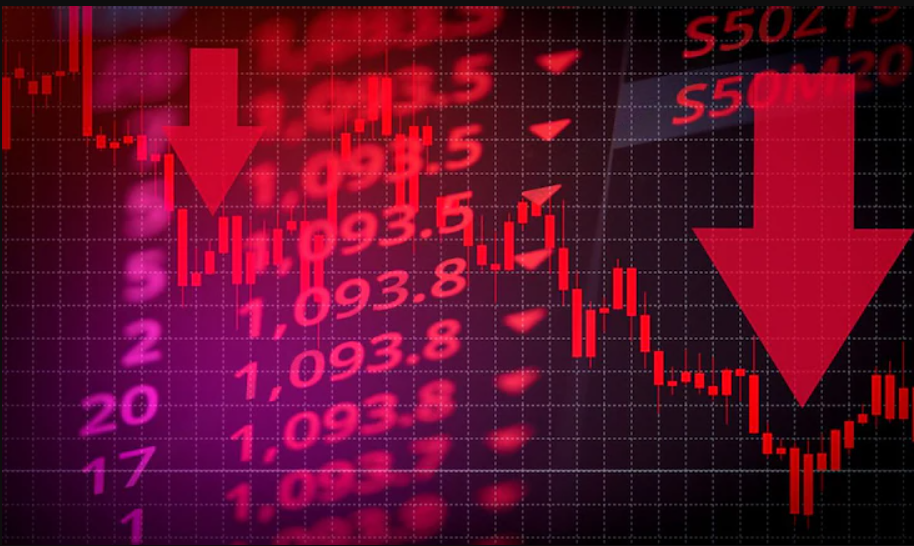Ah yes, the use of “sharply lower” and “market rout” stirs the soul of the investor does it not?
But what actually happened here?
Well, it was just a little old carry-trade unwind that’s all. No need for hysterics. All part of the fun in the markets today.
So, what precisely is a carry trade? We shall discuss this at length below. Here’s what’s even more important though.
You know now what the financial and social media want you to do during such times.
But are you aware of what you should actually do instead? A habit that, rather than instilling fear and panic, can potentially drastically improve your investment fortunes?
A habit that will only take as little as 20 minutes a day.
Judging from recent feedback I’ve received in my inbox and on social media, it’s clear that very few people are doing this. It’s therefore a VERY opportune time to learn it then.
Read on now and learn a trick only the most financially savvy use and reap the benefits.
But first, let’s revisit the cause of the market turmoil: the ending of the yen carry trade.
What’s a carry trade?
Let’s break it all down then. What exactly has happened in markets recently, and are the media reports correct? Is there a global recession now due?
Is it too much to ask you to revisit March 2023? Maybe it is.
So, let’s instead examine this carry trade. What happened was this. The carry trade refers to investors borrowing money at near-zero interest rates in yen, and then redeploying that cash into higher-yielding assets around the world, such as stocks and bonds.
Typically, the cheap cash raised in Japan is redirected into higher-yielding US Treasuries, with investors collecting the difference between the (zero) interest rates set by the Bank of Japan and the much higher rates set by the Federal Reserve.
Now, this is not an old trick at all. Astute readers of Phil Andersons seminal work “The Secret Life of Real Estate and Banking” would have taken note of what he wrote on page 298 detailing the lead up to the boom of 2006.
“Borrowing at a low rate, an investor was able to earn a slightly higher rate…for $10 million down a speculator was able to purchase $500 million of two-year treasury notes. The difference between the yields and the cost worked out at about $4 million per annum.
The true money-making schemes are never marketed to the public”
Indeed, they aren’t, until they unravel of course.
However, don’t forget where we are right now; the last, final, most speculative years of the real estate cycle. Simply borrowing from one of the cheapest global creditors out there in Japan isn’t enough during such times.
You need to do something with your risk-free returns right?
So, for most of this decade, the obvious thing to do with those returns was to then roll them into the Magnificent Seven stocks (also known as the Mag 7). The biggest and best seven technology companies in the world: Microsoft, Alphabet, Apple, Amazon, Meta, Tesla and of course Nvidia.
And this rotation worked like a charm.
Until a few weeks ago, when it didn’t anymore.
And what caused this was, in effect, the symptom of the carry trade unwinds. Recent announcements by the US Fed about their interest rate policies turned heads as it flagged a September rate cut, right before a US election no less!
But after the Bank of Japan unexpectedly raised interest rates 15 basis points last week amid the prospect of rate cuts by the Federal Reserve, the yen strengthened sharply.
This reduced the interest rate differential between yen and dollar assets and increased the costs due changes in the exchange rate. The lower profits available sparked a wave of margin calls, leading to speculators unwinding their positions and selling assets, including stocks.
And like that, you have a waterfall effect in equity markets.
What does that mean? Let’s take a look.
A waterfall of red!
When you look at the markets next time, try to think of it like a living , breathing entity. It has good days, bad days, occasionally forgets its meds or gets up on the worng side of the bed – that sort of thing.
But it also has, and needs, energy to sustain and move itself, be it higher or lower. Ok, now remember that as you review the following charts.
Feel free to click each one to open them in their own browser window.
First, the chart of the Dow Jones Industrial Average up to 31st July.
|












